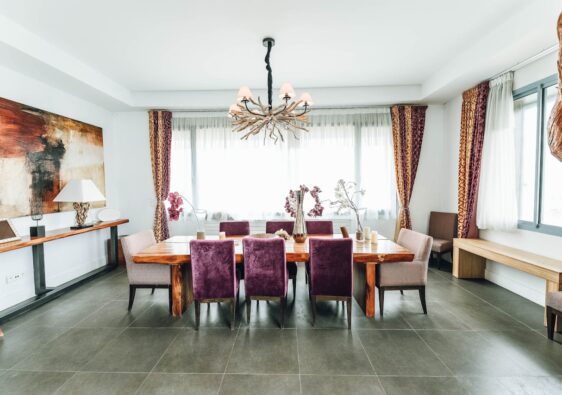The centerpiece of a bathroom vanity is the countertop, which makes an important style statement. But it also needs to withstand water splashes and stains.
Tile countertops are inexpensive and easy to install, coming in various colors and patterns. But they require regular resealing to keep them stain-resistant.
Quartz
The bathroom is one of the most critical rooms in your home. It’s where you start and end your day, and it should be a place that reflects your style. Choosing the right color vanity countertops is vital to designing a bathroom you love. Quartz countertops are famous for their durability, stain resistance, and easy maintenance. They also come in various colors and styles to match any design scheme.
Whether you’re looking for something traditional like a beige marble or a modern take on gray quartz, there’s sure to be a color that matches your taste and décor. If you’re unsure which shade to choose, try bringing home samples of your paint, flooring, and cabinetry to compare them with the quartz.
Quartz countertops are nonporous and do not require resealing or waxing, making them low-maintenance. But remember that darker-colored quartz shows water spots and other stains more easily. To avoid this, opt for a lighter shade of quartz, such as white or beige.
Marble
Whether you choose a solid surface or a patterned tile, marble bathroom vanity countertops bring a luxurious presence to any powder room or master bath. Its classic beauty and durability have made it the preferred material for sculptors, architects, and the builders of the Parthenon in Greece. But marble bathroom countertops are also a stylish choice for homes with any budget, thanks to improved extraction methods and lower shipping costs.
Marble comes in various shades and can be polished for a shiny finish or honed for a matte appearance. Its innate veining creates a beautiful backdrop for any style, from traditional to midcentury modern. And even though it is softer than granite, marble can withstand heat and water with regular sealing. But it does need to be carefully protected from hair dyes, perfumes, and colognes, as these can cause staining and etching.
If you’re smitten with the beauty of marble but cannot afford the price tag, consider a slab cut from remnant materials or a cultured stone alternative that mimics its look. Or, frame a mirror in gray marble tiles to add an artisanal touch to Mediterranean-style and Tuscan bathrooms.
Granite
Bathrooms are considered wet zones, meaning they must withstand high moisture levels. Solid surface counters are an excellent choice for this environment as they resist stains, scratches, and other forms of superficial damage. Additionally, a solid surface is a durable material that’s easy to repair when damaged.
Granite countertops are a timeless and elegant option for your bathroom. This natural stone is durable and offers a unique beauty with its various dots of color and veining. While granite is water-resistant, it’s essential to reseal it at least once each year to prevent it from becoming porous and susceptible to unsightly stains.
Like marble, a granite vanity counter can make your bathroom feel luxurious and sophisticated. But it’s crucial to remember that granite costs more than other countertop materials.
If you’re on a budget, there are still plenty of options to choose from when it comes to updating your bathroom. For example, try this DIY-painted bathroom vanity top project that costs under $50. Or, check out this beautiful limestone tile bathroom vanity DIY. Another affordable update is using a countertop made from remnants, large pieces of stone left from more significant projects. These remnants can be cut to the perfect size for your new vanity top.



